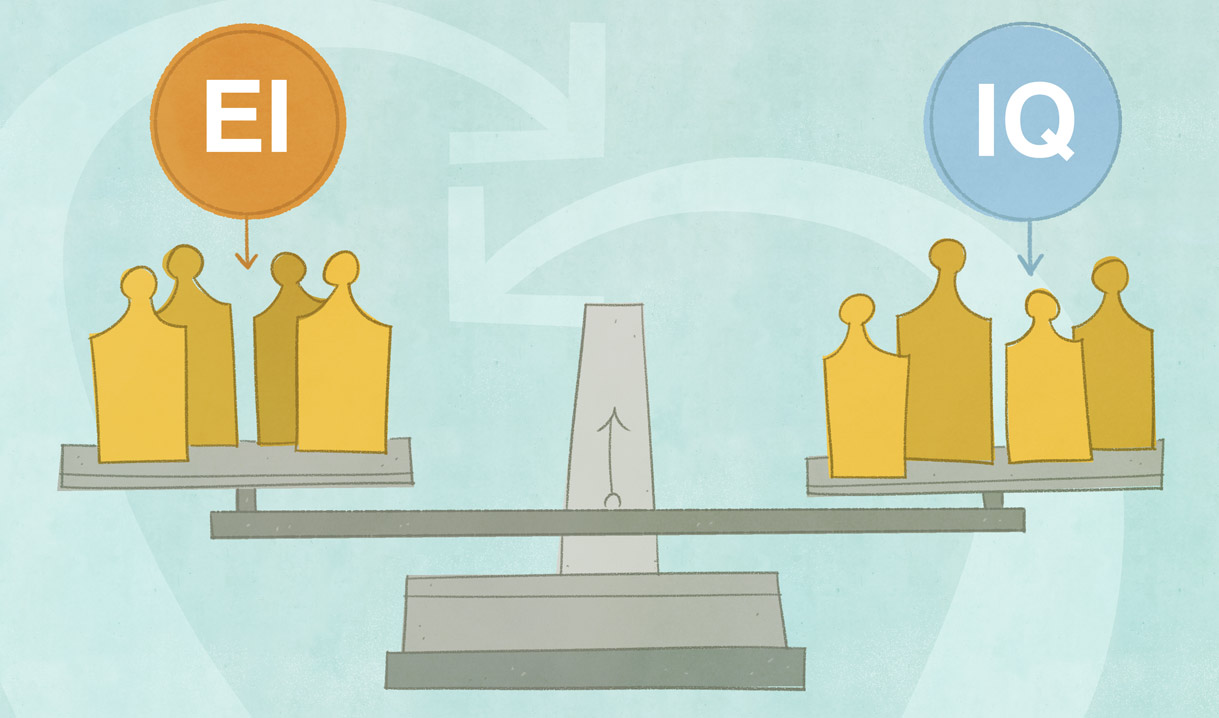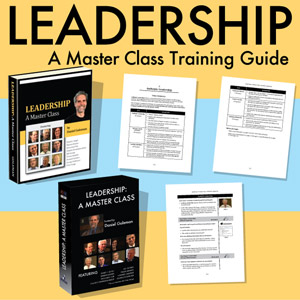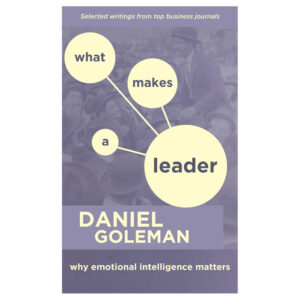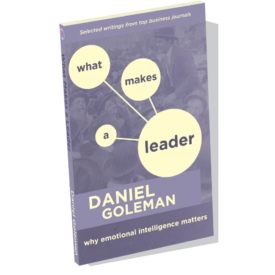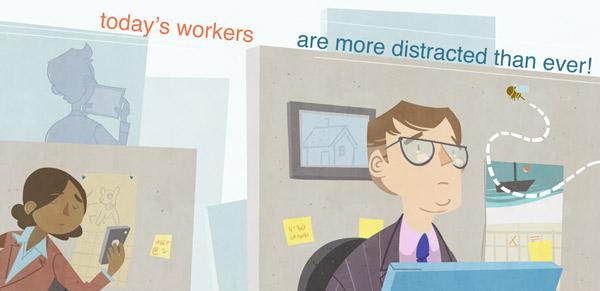
As the levels of stress, difficulty, and pressure increase in the workplace, it’s even easier to make the wrong decision. This puts leaders and other decision-makers in a fight-or-flight mode. That mindset does not allow them to use the executive functions of their brains well. The result is inefficiency – for them, colleagues and clients.
The Harvard Business Review published an article called, “What VUCA Really Means For You.” V-U-C-A is an acronym representing the environment of today’s working world. It stands for Volatility, Uncertainty, Complexity, and Ambiguity. Here’s how to use these four letters to better manage the unexpected.
Volatility
A volatile situation is the best-case scenario you could have for a challenge. You are best able to predict the results of your action, and you have a lot of knowledge about the situation. It most likely arises unexpectedly and leaves you on unstable ground for an unknown duration. It’s not hard to understand, but hard to deal with.
The best response:
- Prepare for these situations.
- Make sure you’ll have the proper resources and talent to deal with these events.
- Be wary of expenses, however. Your investment should match the risk.
Uncertainty
An uncertain situation arises when you have no information about a challenge, but the likely cause and effect are known. The situation is not permanent and could change quickly.
The best response:
- Find out all the information you can, and do not keep it to yourself.
- This method works best when the structural integrity of organizations is shifting to help reduce uncertainty.
Complexity
A complex challenge involves multiple interconnected moving parts and variables. Your knowledge of the situation is most likely limited (although probably predictable), and it can be hard to know which actions will solve the problem without gathering knowledge. However, the volume or nature of this challenge is overwhelming, making the process of gaining knowledge about it difficult.
The best response:
- Approach a complex situation by restructuring and bringing in specialists.
- If you don’t have any specialists, develop some of your employees and train them to become specialists.
- Develop resources that can help you deal with these problems in the future.
Ambiguity
An ambiguous challenge is intimidating because no precedents exist. You have little knowledge of the situation and how your actions will impact your organization.
The best response:
- Use an ambiguous problem as an opportunity to experiment.
- Understand your environment, the competition in other fields, and experiences similar organizations used to change their course.
- Cater your experiments and decisions so that they can be broadly applied, and help you in the long run.
Stress. Distraction. Indifference.
These are common ailments brought on by a rapidly changing global business environment. If untreated, they negatively impact your team’s performance – and the bottom line.
How Will You Adapt?
Thriving on Change is an online course that teaches the proven-effective methods that will ensure your team can expertly respond to uncertainty, conflict, and inevitable distraction.
The material is delivered incrementally to align with busy schedules. It’s designed for individual participation or group training sessions.





